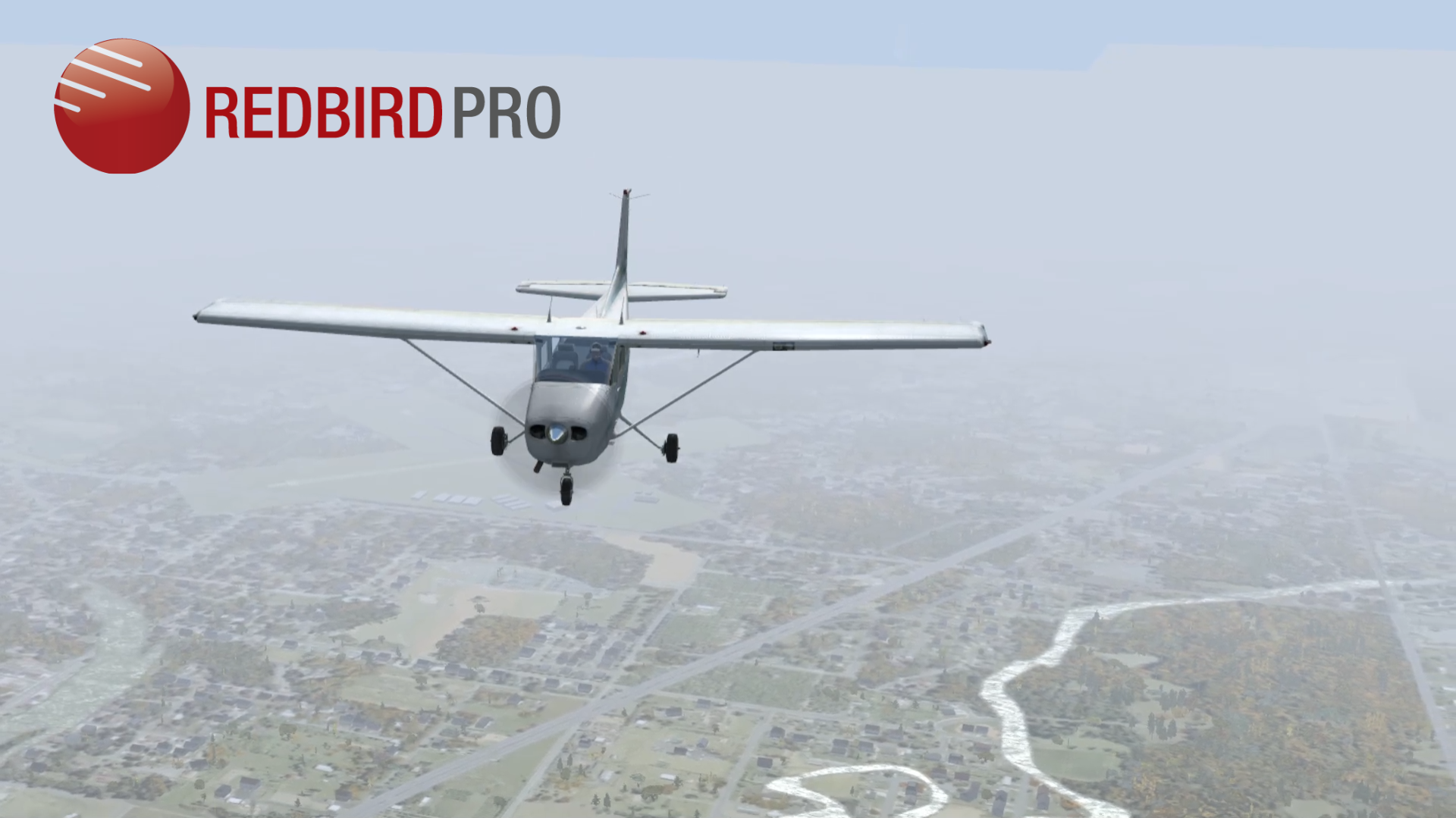Creating Scenarios for Scenario-Based Training
How would your students describe your simulator training sessions? Exciting, innovative, and fun? Or repetitive and boring? Scenario-based training (SBT) is crucial in pushing students beyond their comfort zones and training them more effectively. However, in order to do that, we as instructors must be prepared.
The key to effective SBT is to create a scenario that is as realistic as possible. In real-world training, we are limited to using the same plane, range of weight and balance, airports, and practice areas. It takes a lot of creativity to get the students out of their ruts. However, in the simulators, a whole world is available to us, and we can incorporate training exercises with a myriad of variables. This allows our students to apply rote knowledge to real situations. Most students and instructors realize the simulators’ significance in reducing costs, but—by incorporating a script with SBT—instructors can utilize simulators to their full potential.
Creating a scenario can be a daunting process, and—I won’t lie—a great scenario takes quite a bit of prep work. Nonetheless, the final result is worth it. Creating an engaging, applicable, and even humorous scenario can keep students’ attention and make learning more effective and fun! In the actual plane, students should use all current weather, charts, and performance numbers to avoid confusion. Because of this, scripted scenarios are not very applicable to flights, but are very helpful for training in the simulator.
Related Content: 8 Tips for Teaching in a Redbird Simulator
So, where should you start when making your amazing, humorous, thought-provoking scenario? First, look at the course objectives—what needs to be accomplished? Plan a route and determine which airports to use, then make up the weather and details for the students. Skyvector METAR reports are a great resource to easily find needed weather, copy and paste the report, and change winds and ceilings as needed. This part can be tricky because the winds, ceilings, and everything else need to cooperate with your objectives. (Why would a student choose an NDB approach when there is an ILS to the same runway, or choose a hold, etc.) This is where you can use ATC, traffic flows, disabled aircraft on the runway, and other issues to help nudge your students in the direction you need them to go. Also, for simulator scenarios, different doors can determine the course of the scenario depending on what the student decides. Once the basic route and weather are planned, make copies of any information you want the student to use, such as navigation charts, weather charts, NOTAMS, SIDS, STARS, or Approach Plates. All of this should be in one document to eliminate the possibility that students bring their own updated or changed information, thus ruining the scenario.
Related Content: Download our free guide to creating scenarios for scenario-based training
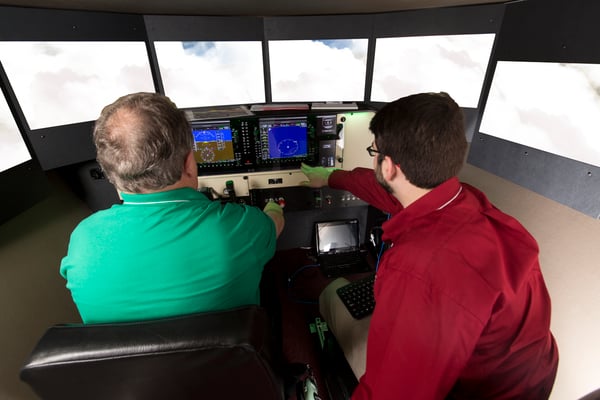
The next step is to add the rest of the details: a reason for the flight, the pilot’s log to determine currency, aircraft inspection dates and maintenance issues, and weight and balance. When students come with the flight planned, they should have a go or no-go decision made, determine if they are current for the flight or how they could get current, and determine any risks that need to be mitigated.
Lastly, create a script including any ATIS/ AWOS reports the students will tune up and what you as ATC would say to them each step of the way. Include the frequency students should be on next to the script—whether it’s one they got from a chart or one you give them—so you can easily tell if they are on the correct frequency (and if not, give them the silent treatment or correction till they do). Some superstar instructors will even pull up live ATC so they can have the actual chatter going on! Just to be obnoxious and entertaining, or even aid in the scenario, I would occasionally make up my own.
Related Content: How to Be a Good Instructor in the Cockpit, Classroom, and Simulator
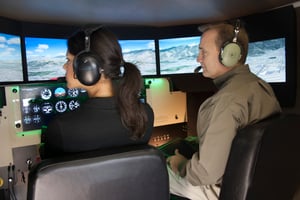 For private pilots, simple cross-country scenarios are great to practice dead reckoning, radio calls, avionics familiarization, scans, flows, and checklists. When students reach instrument, the simulator can really improve students’ techniques while reducing their total costs. Every lesson can include a different starting and ending point, the use of SIDs, STARs, towered or non-towered airports; and multiple types of approaches and holds. Simulators are extremely useful to teach students scan technique, as well as hold entries and corrections. By the time they get into the plane, students are far more equipped to handle the variables of real-world IFR flying.
For private pilots, simple cross-country scenarios are great to practice dead reckoning, radio calls, avionics familiarization, scans, flows, and checklists. When students reach instrument, the simulator can really improve students’ techniques while reducing their total costs. Every lesson can include a different starting and ending point, the use of SIDs, STARs, towered or non-towered airports; and multiple types of approaches and holds. Simulators are extremely useful to teach students scan technique, as well as hold entries and corrections. By the time they get into the plane, students are far more equipped to handle the variables of real-world IFR flying.
So they are prepared for the faster-paced twin-engine, students in the multi-engine syllabus can use the simulator first to memorize flows, checklists, and approach profiles. The scenarios take planning to the next level: students must decide what type of take-off they should do, consider accelerate-stop distance, what their climb and single engine climb rates are, and what altitudes are safe for troubleshooting should an engine fail. They will practice how to think through the aircraft performance and how to plan accordingly.
In these scenarios, students will have to make PIC decisions for go/no-go situations and mitigate the risk rather than relying on the instructor to make the final decision. The FAA advocates scenario-based training for this exact reason: students will practice good aeronautical decision-making and risk management with each session. Writing scripted scenarios takes more planning by the instructor, but the time in the simulator is decidedly more effective. By keeping everything in the simulator as close as possible to flying the actual plane, students will solidify what they already know while introducing and practicing the new, allowing for a seamless transition back into the plane.
For more information, including a sample scenario that you can use, download a free guide to Creating Scenarios for Scenario-Based Training.
Share this
You May Also Like
These Related Articles
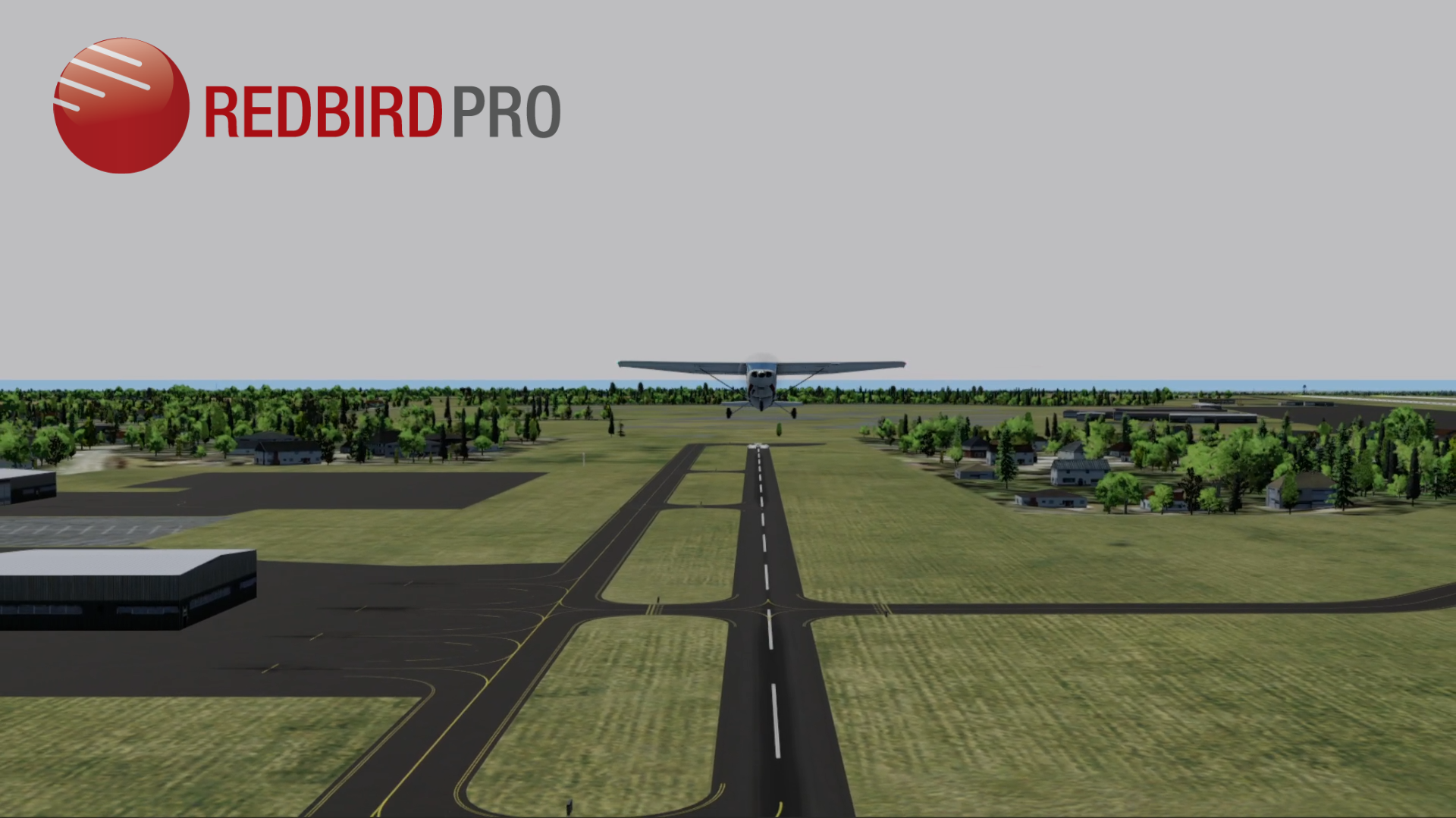
Inside the October 2022 Redbird Pro Scenarios
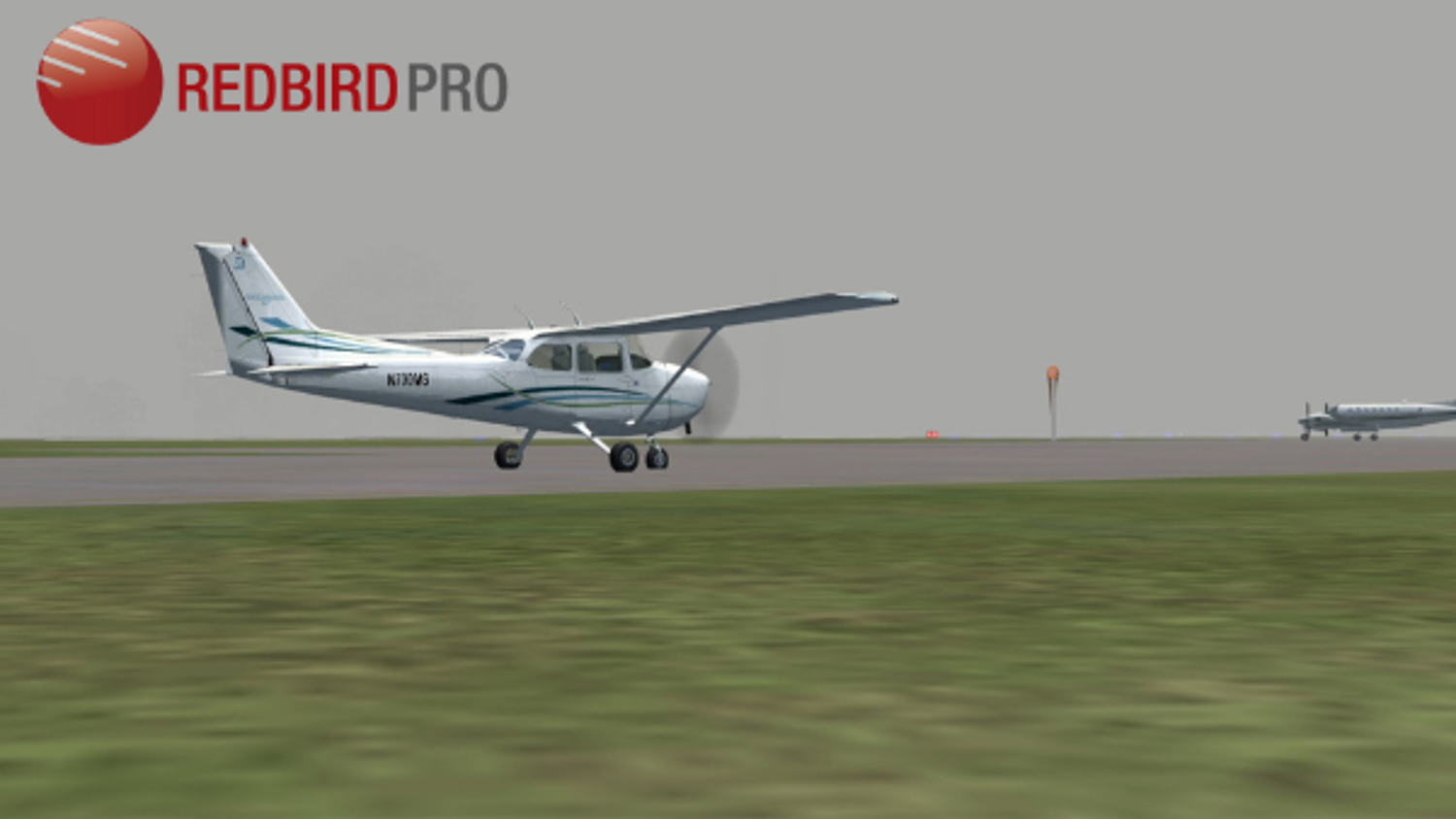
Inside the July 2022 Redbird Pro Scenarios
